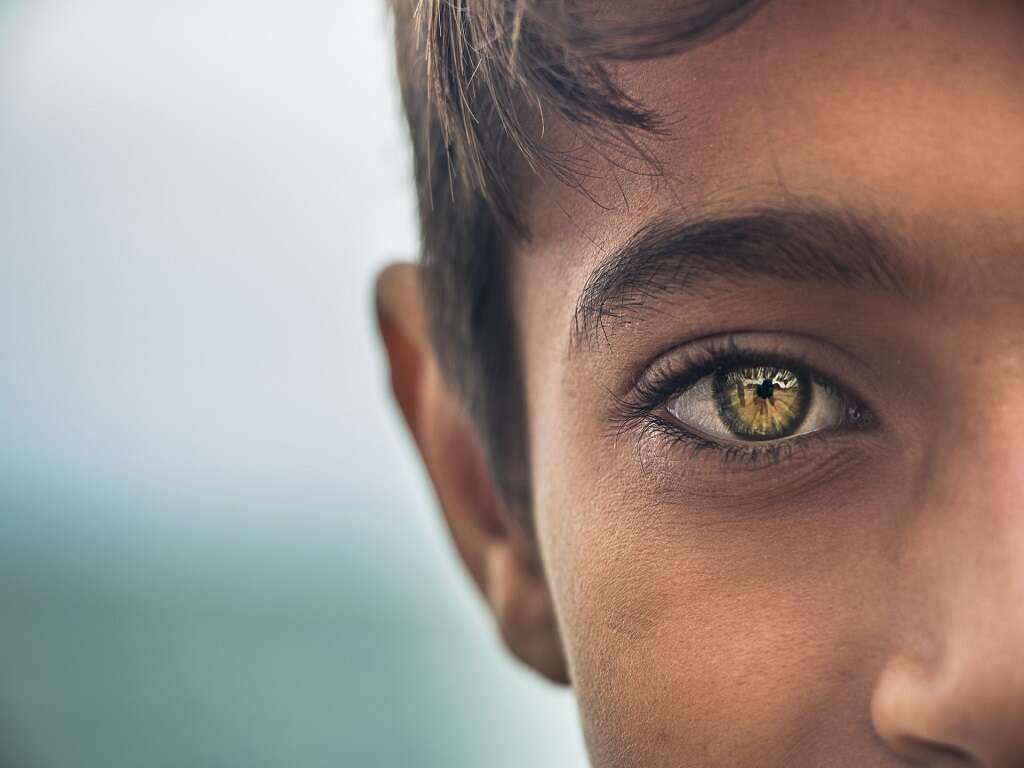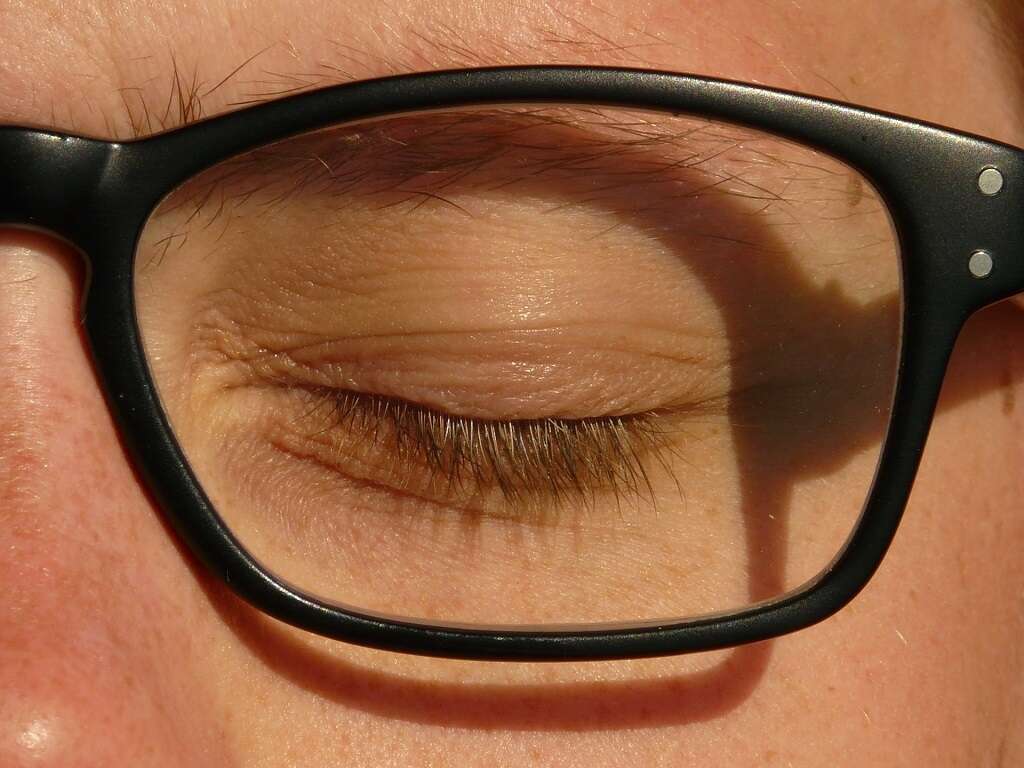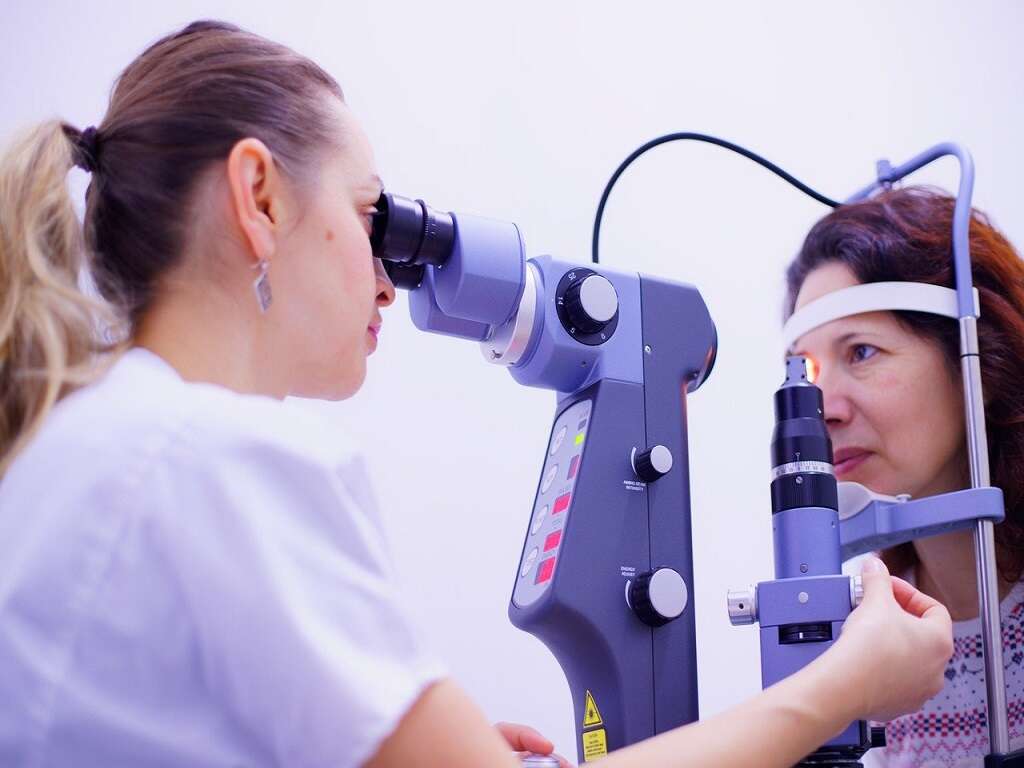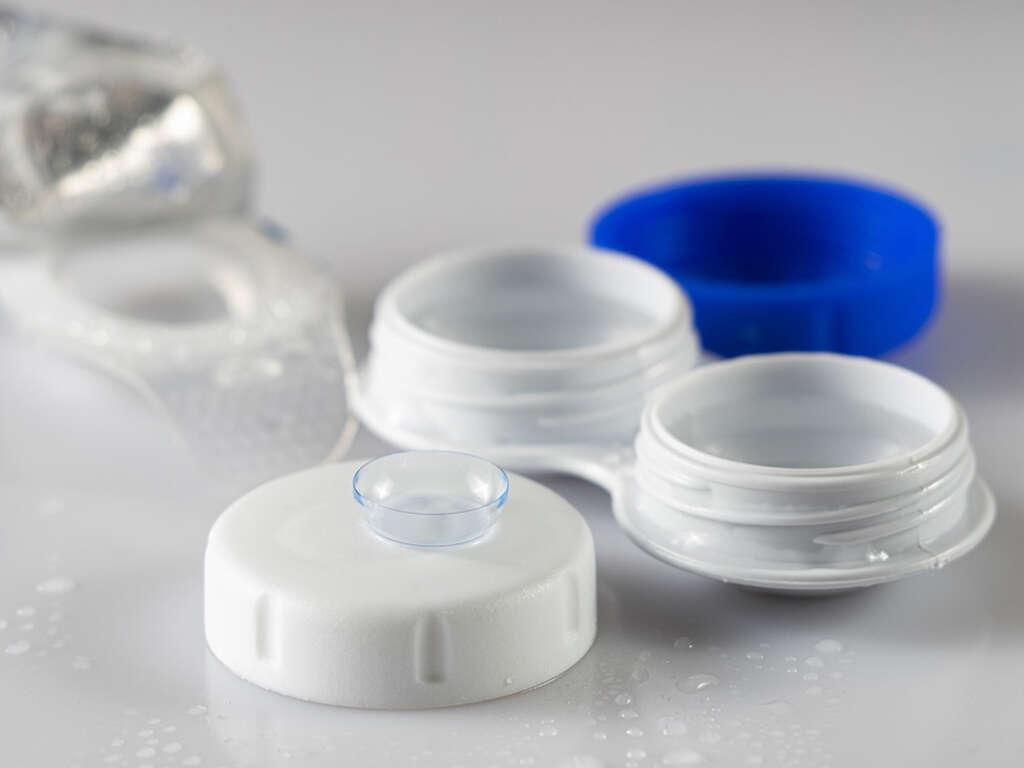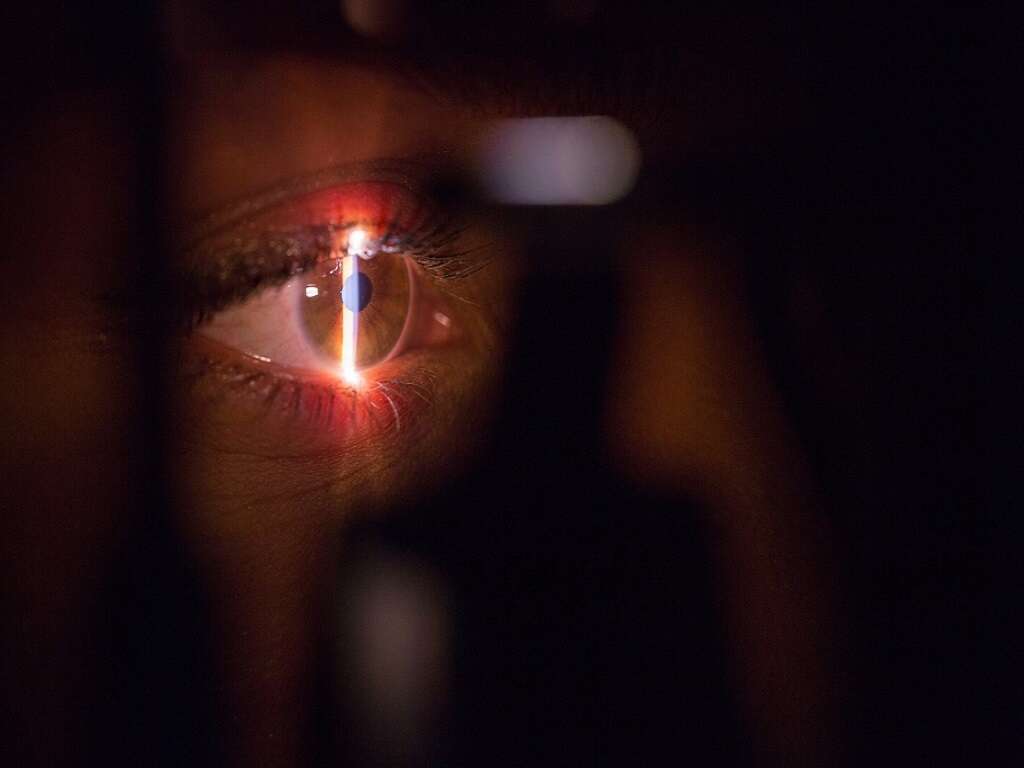All About Eye Infections
When viruses, bacteria, fungi, or parasites invade the eyes or surrounding areas, the result can be a variety of infections. Although they can be mild and heal well with no treatment, eye infections may also result in permanent vision loss. Optic nerve or retinal damage is often painless, so deteriorating vision requires emergency attention.
Washing hands frequently, using clean towels and tissues, disinfecting contact lenses, and laundering bedding can prevent many eye infections. If you do begin to experience symptoms, learning about the different kinds of infections can help you know what steps to take.

1. Conjunctivitis (Pink Eye)
A highly contagious inflammation of the tissue covering the whites of the eyes and inner eyelids, conjunctivitis is the most common eye infection. The pink or red eye is often itchy with a thick discharge, excessive tears, and a gritty feeling. Usually lasting about a week, viral conjunctivitis is common in adults and usually requires no treatment.
Bacterial conjunctivitis is more typically found in children and can be treated with antibiotic eye drops or ointment. It should show improvement within five days, although it could last significantly longer. Symptoms may be helped by cold compresses. Antihistamines and eye drops may help pink eye that is triggered by allergies.

2. Stye
Presenting as an inflamed bump caused by a clogged oil gland on the edge of the eyelid, a stye usually results from an overgrowth of bacteria. It is characterized by tenderness, swelling, itching, excess tears and discharge. Although styes usually go away on their own within 10 days, there are treatments to ease the symptoms.
Use a warm, damp cloth for a compress or to wash the eyelid with mild soap. Stop contact lens and eye makeup use temporarily, and use over-the-counter pain relievers if needed. Antibiotic ointments may be applied to kill bacterial overgrowth. If the inflammation lingers or gets worse with treatment, see a doctor.
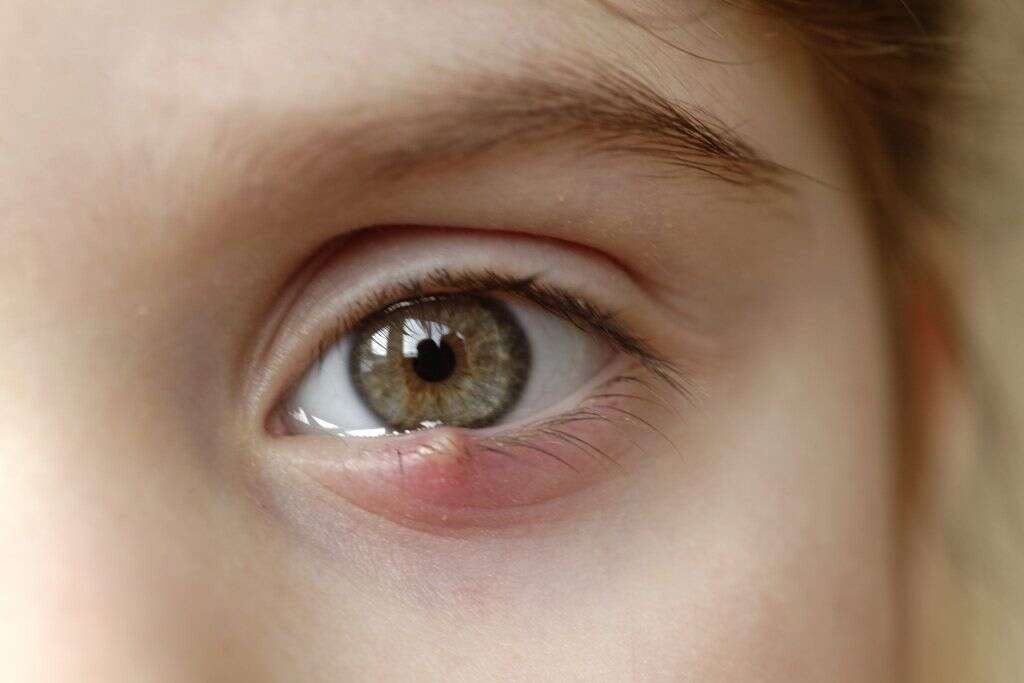
3. Periorbital (Eyelid) Cellulitis
Eyelid redness and swelling can indicate periorbital cellulitis. More common in young children, it is usually painless but can cause swelling from the eyelashes to the eyebrow. It may begin with an eye scratch, sinus infection, or bug bite which admits bacteria. Fever can also occur.
Antibiotics are standard treatment, including intravenous antibiotics for young children, and symptoms usually clear within 48 hours of starting the correct medication. Application of warm, damp compresses can ease the swelling. In rare cases, surgery may be needed to drain the swollen tissue.
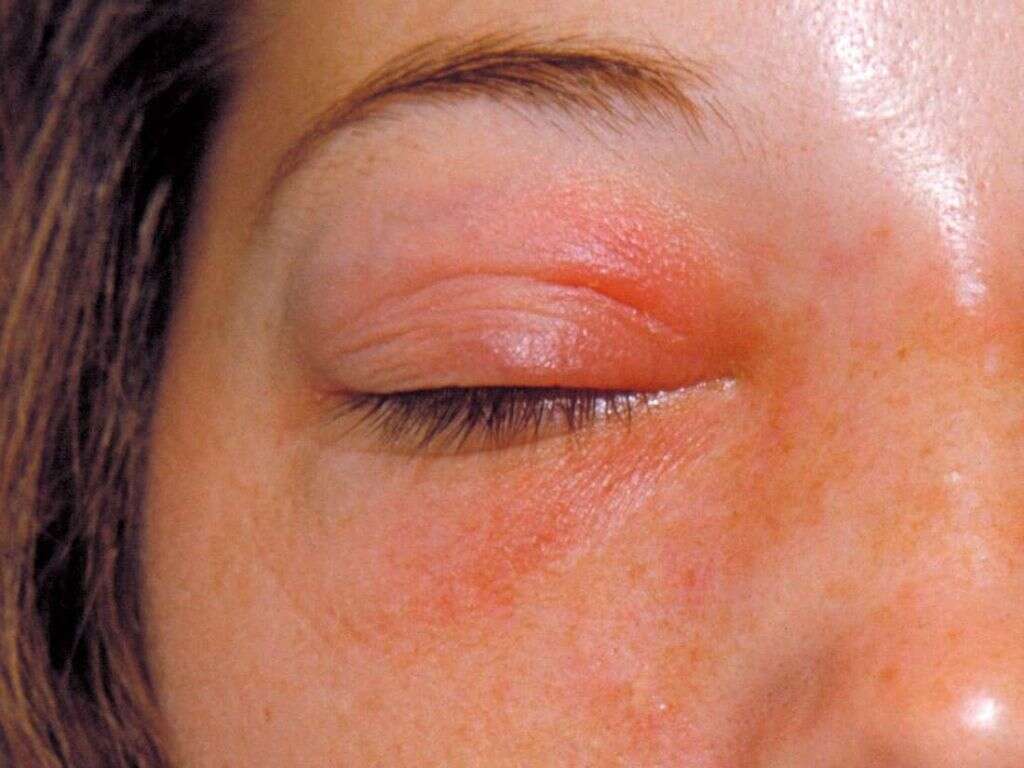
4. Orbital (Eye Socket) Cellulitis
A serious inflammation of the soft tissue behind the eye, orbital cellulitis is less common. It can lead to vision loss, meningitis, and brain swelling. A computed tomography scan may be used to confirm the diagnosis. More often seen in children, orbital cellulitis usually occurs when bacteria spreads from a sinus infection.
Prompt hospitalization is often required, as this condition can worsen quickly. Treatment includes IV antibiotics and often surgery to drain the abscess or relieve the pressure around the eye. Recovery can take up to five weeks before all the symptoms disappear.
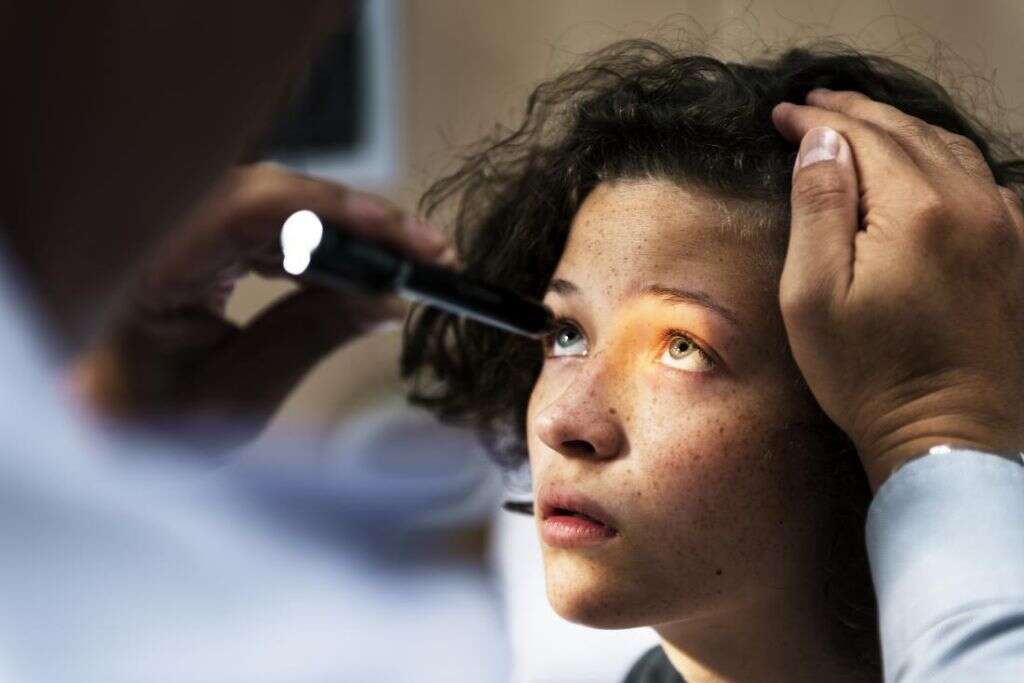
5. Blepharitis
An inflammation of the eyelids, blepharitis occurs when oil glands at the base of the eyelashes become clogged, causing redness, swelling, itchiness, photosensitivity, and significant discharge. There may be the feeling that something is stuck in the eye. Dandruff and bacteria are two of the most common causes.
Malfunctioning oil glands on the eyelid, allergies to makeup, lice or mites on the eyelashes, and medications impacting the immune system may also be contributing factors. Treatment includes lubricating, antibiotic or corticosteroid eye drops. Careful cleaning with a warm, wet towel may ease symptoms.
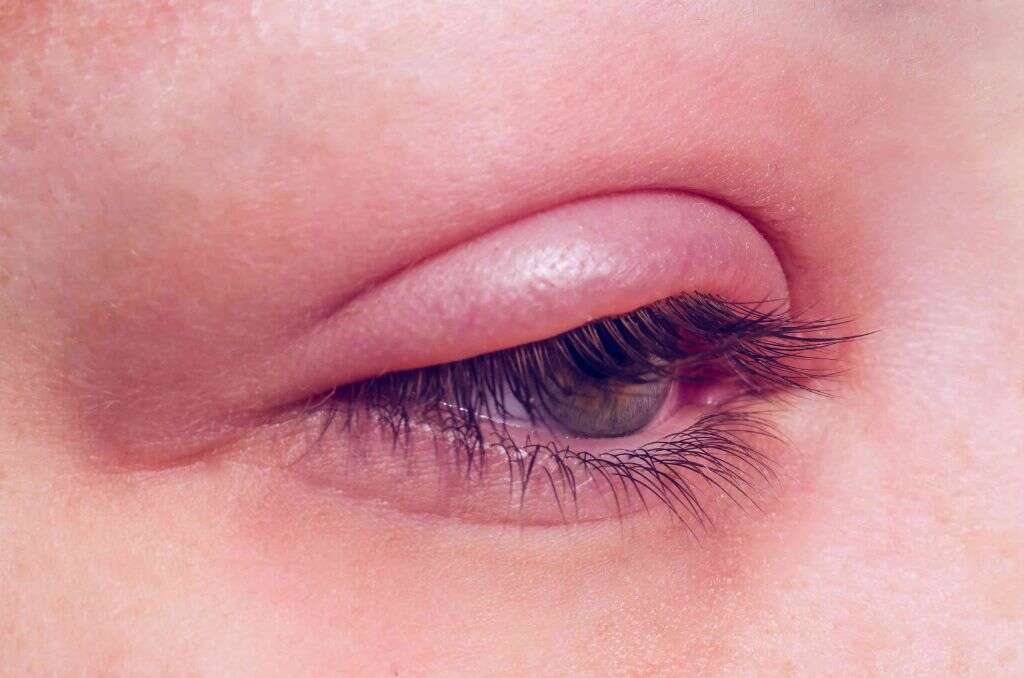
6. Keratitis (Corneal Ulcer)
Keratitis is an inflammation of the clear cornea that covers both the iris and the pupil. Symptoms include swelling, photosensitivity, blurry vision, and pain. Infection is more likely in those who wear contact lenses, use corticosteroid eyedrops, live in high humidity areas, have diabetes, or are injured by chemicals or vegetative matter.
Medical attention is required so that the corneal infection does not progress into something more serious. Bacterial keratitis is the most common and is treated with antibiotic eye drops or ointment. If keratitis is caused by a virus, an antiviral medication may help to ease symptoms.
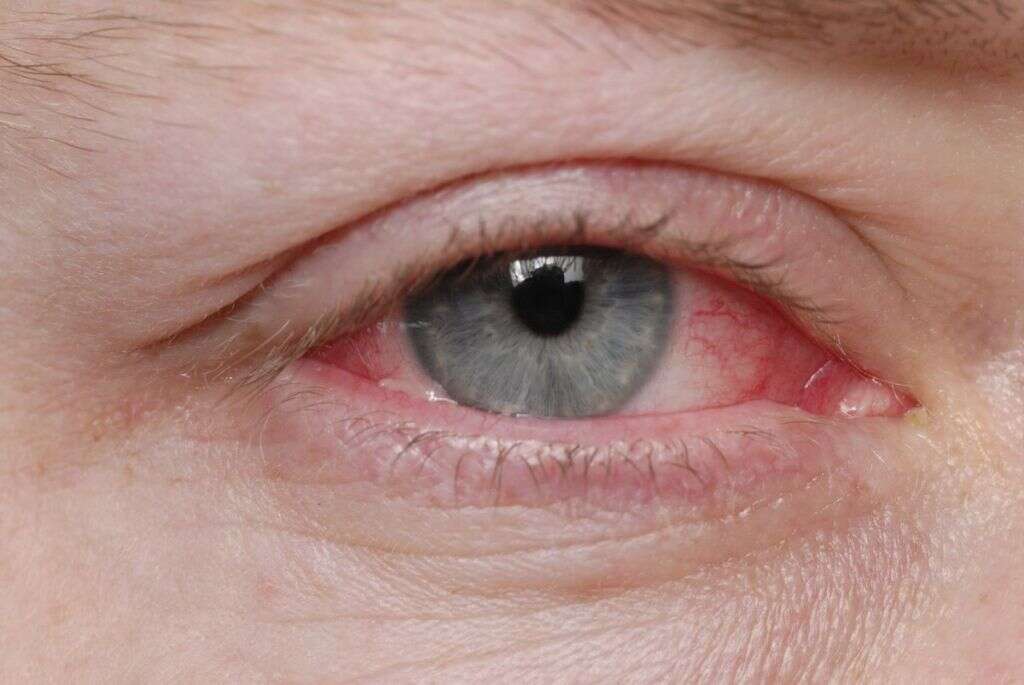
7. Uveitis
Inflammation of the central layer in the eye wall that moves blood to the retina is called uveitis. It often begins suddenly and worsens quickly. Pain, floaters, photosensitivity, and blurred vision may be present. Uveitis usually results from immune disorders, viral infections, and eye injuries, although many times a cause cannot be determined.
This infection can lead to permanent vision loss. Early diagnosis and treatment are important to prevent complications. Uveitis usually begins to improve after a few days of treatment with oral antibiotics or steroids, corticosteroid eye drops, or eye injections. Eye drops that open the pupil can reduce pain.
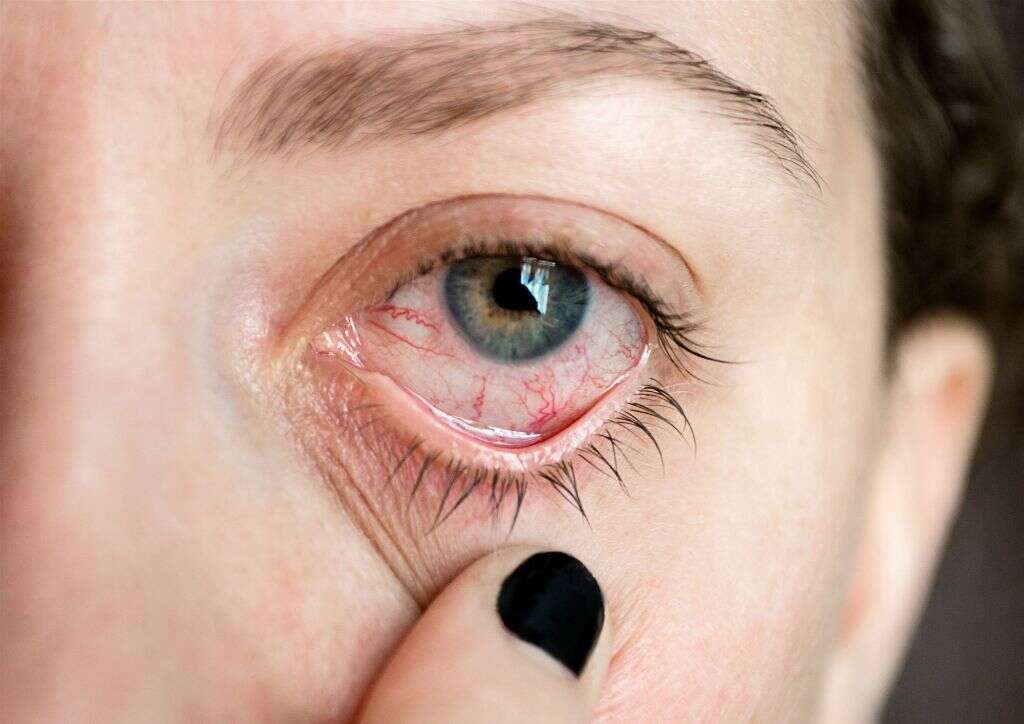
8. Endophthalmitis
This infection is an ocular emergency occurring most often within seven days of cataract surgery. It should be treated promptly to prevent permanent vision loss. This bacterial infection can also occur after intravitreal injections for macular degeneration or diabetic retinopathy, usually accompanied by pain and decreased vision.
Symptoms can include photosensitivity, discharge, swelling, and blurred vision. Once treated, endophthalmitis usually starts to improve within a few days. Severe infection may require injections of antibiotics into the eye or a corticosteroid shot to reduce inflammation.
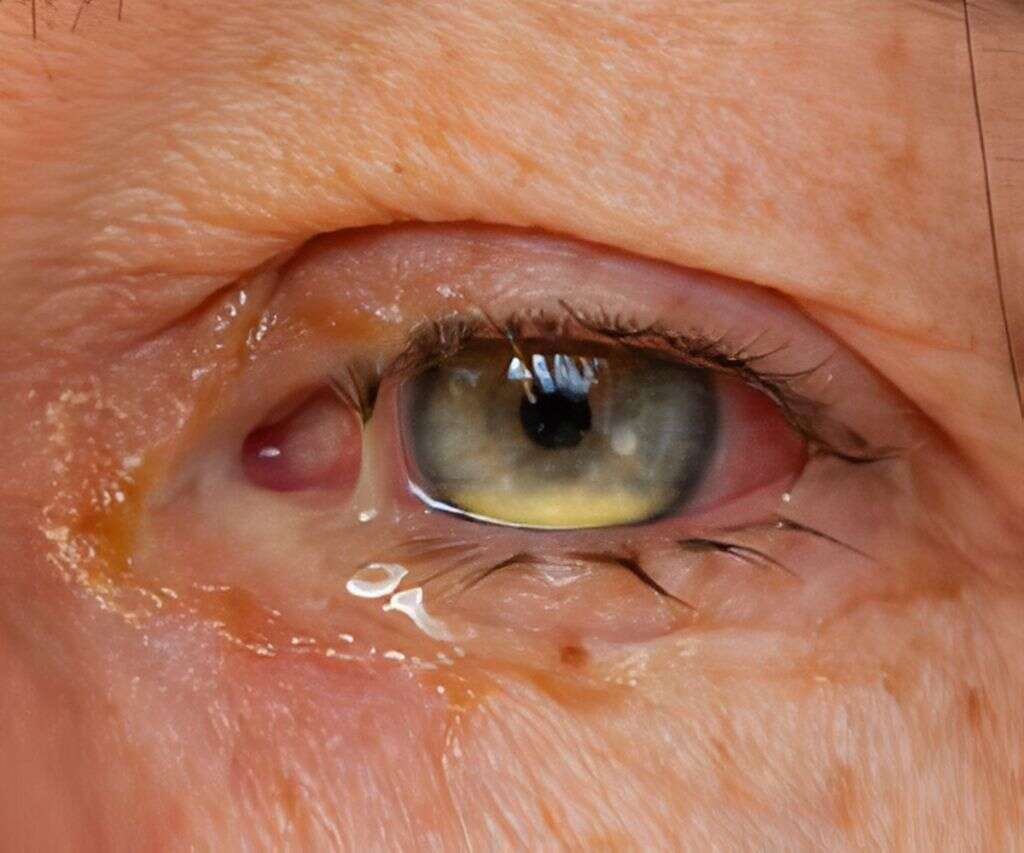
9. Ocular Herpes
Recurrent infections causing inflammation and scarring of the cornea stem from ocular herpes. Spread by contact with someone who has an active outbreak of the herpes simplex virus (HSV-1) or through self-contamination from touching a cold sore on the lip, ocular herpes can cause blurry vision, eye tissue or corneal tears, and eyelid inflammation.
Although it may go away without treatment after a few weeks, the infection could spread deeper into the cornea, leading to loss of vision and possibly blindness. Treatment is on a case-by-case basis and may include antiviral, steroid, or antibiotic eye drops. Surgery may be required to remove scarring, and a corneal transplant may be necessary to restore vision.
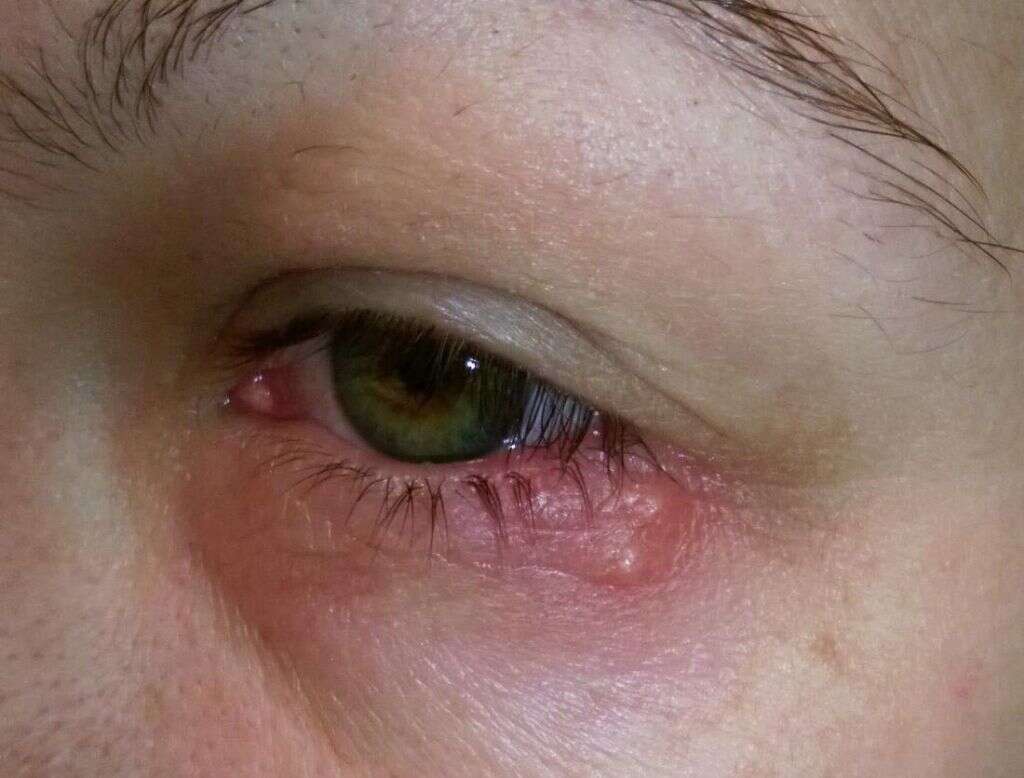
10. Contact Lens Infections
Contact lens wearers are more prone to all eye infections, especially keratitis corneal ulcers. Even if you are careful to disinfect and handle your lenses properly, there is still a risk of infection. Stop wearing lenses immediately if you have photosensitivity, burning, blurry vision, or eye pain.
Swimming pools, hot tubs, and tap water are among the environments preferred by parasites called acathamoeba. They are more prone to infect people who wear contacts in the water. Fungal infections caused by a thorn or stick injury can also be more serious for contact lens wearers.




